Last updated on September 8, 2023
A film by Michał Englert ,Małgorzata Szumowska
With: Małgorzata Hajewska-Krzysztofik, Joanna Kulig, Bogumiła Bajor, Mateusz Więcławek, Jacek Braciak
Adam, trying to be a good husband and father in a small town in Poland. But Adam starts to feel increasingly uncomfortable in his body, one that doesn’t reflect his true identity.
Our Review: *
Woman of is perfectly in tune with the times, and seeks to spread a benevolent message in a rather gentle way, without seeking to accuse or disturb. The aim is to highlight the fact that conservatism, particularly Christian conservatism in Poland, leaves out a whole section of the ostracized LGBT population, and in particular those who suffer from their trans-identity. The film is astonishing in the light it sheds, in that it in no way reflects the aggressiveness or intensity of the suffering undergone, and therefore doesn’t adopt a logic of combat, and even less instills radicalism so that things can change today and now – it places much more emphasis on those on the understanding, the positivism of some, or even the greater number, and shows in this way that another possible exists. It therefore aims to normalize, smooth out and avoid any demonstrative or exemplary effects, so that the message can move, make people think or react, gain sympathy or empathy. La douceur du message passe également par la qualité d’interprétation de son acteur principal. Despite this, the film makes very little impression, mainly because it employs a “first-degree” tone and in no way allows the viewer to benefit from 360-degree lighting. Whether or not we agree with the message conveyed, the polished effect is unconvincing, and by trying too hard to polish the angles, the film loses its force and intensity. In an ambivalent way, another of Woman of’s qualities that might be noticed also works against it. Indeed, the two co-cinematographers propose a cinema that relies much more on images, symbols and figures to tell their story than on dialogue or literary effects. While the cinema would naturally tend to gain from this (what is cinema, once again?), a counter-effect comes from the trivial, demonstrative nature of the symbols used. Simple indeed, but counterproductive artistically and intellectually, this choice of direction tends to trivialize the story, diminish the general interest, and highlight the weakness of the dialogue and the lack of psychological finesse. Since we effortlessly grasp what the story is about, since there’s no mystery surrounding its unfolding, since the film uses and abuses prolepses that reveal far too much about what’s going to be developed next, since simplicity is also the order of the day emotionally (a form of ambient angelism), since the unhappiness isn’t explored from the inside any further than that, since the psychological complexity surrounding the question of transidentity is swept away in a few short sentences without any depth, the better to refocus on the situation, its evolution, favoring a temporal reading of events – situating them in Poland’s own chronology, the I instead of the we, we simply become bored with a neutral cinematic object.
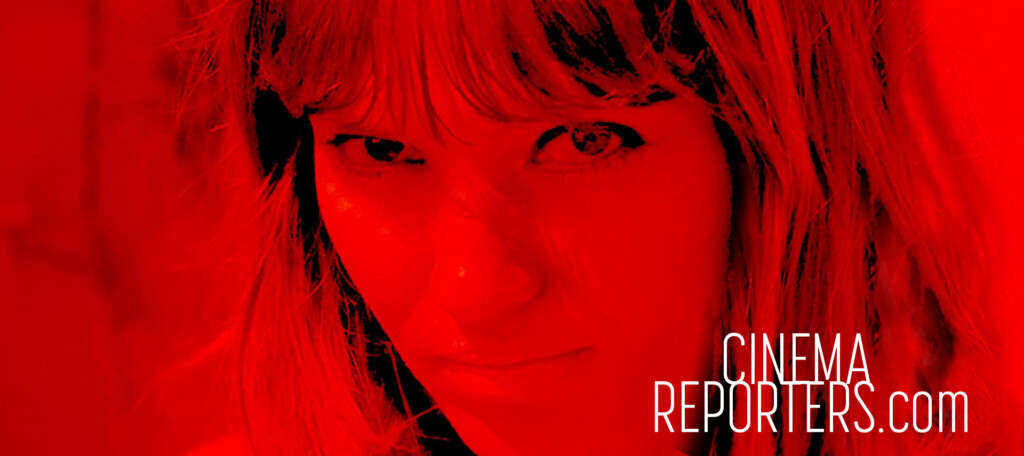


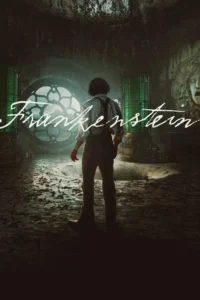
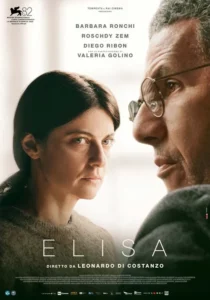


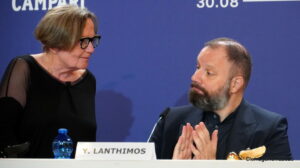

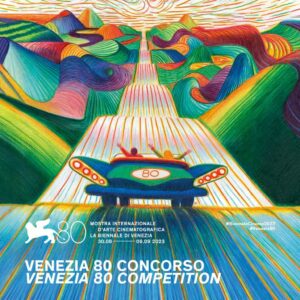
Be First to Comment